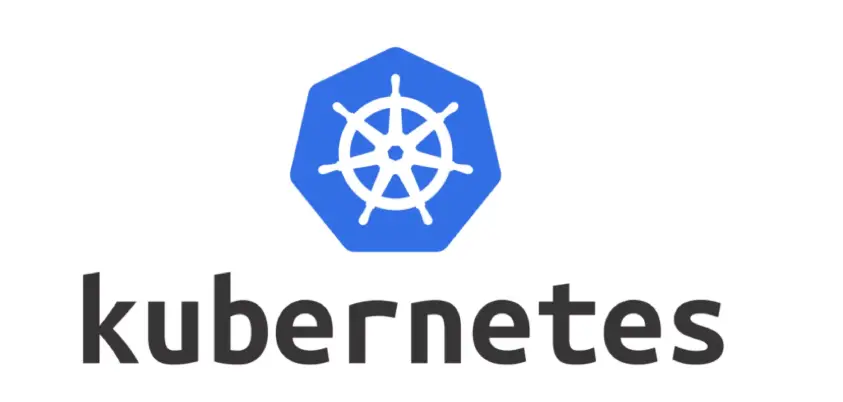How to Install and Set Up Kubernetes on Windows, Mac, and Linux: Step-by-Step Guide

Kubernetes is a powerful open-source platform for managing containerized workloads and services. This guide will walk you through setting up a local Kubernetes cluster using Minikube on Windows, Mac, and Linux.
1: Prerequisites
Before installing Kubernetes, ensure your system meets the following requirements:
- A container or virtual machine manager, such as Docker, Hyper-V, or VirtualBox. We recommend using Docker.
- kubectl: The Kubernetes command-line tool.
- Minikube: A tool for running a single-node Kubernetes cluster locally.
2: Installing kubectl
You need to install `kubectl` to interact with your Kubernetes cluster.
On Windows:
curl -LO "https://dl.k8s.io/release/v1.28.0/bin/windows/amd64/kubectl.exe"
# Add the kubectl binary to your PATHOn macOS:
brew install kubectlOn Linux:
sudo apt-get update && sudo apt-get install -y apt-transport-https
curl -s https://packages.cloud.google.com/apt/doc/apt-key.gpg | sudo apt-key add -
echo "deb https://apt.kubernetes.io/ kubernetes-xenial main" | sudo tee -a /etc/apt/sources.list.d/kubernetes.list
sudo apt-get update
sudo apt-get install -y kubectl3: Installing Minikube
Now, let's install Minikube to create a local Kubernetes cluster.
On Windows (using PowerShell with Administrator privileges):
New-Item -Path 'c:\' -Name 'minikube' -ItemType Directory -Force
Invoke-WebRequest -OutFile 'c:\minikube\minikube.exe' -Uri 'https://github.com/kubernetes/minikube/releases/latest/download/minikube-windows-amd64.exe' -UseBasicParsing
# Add c:\minikube to your PATHOn macOS:
brew install minikubeOn Linux:
curl -LO https://storage.googleapis.com/minikube/releases/latest/minikube-linux-amd64
sudo install minikube-linux-amd64 /usr/local/bin/minikube4: Starting Your Kubernetes Cluster
- Start Minikube: Open a terminal and run the following command:
- Verify Cluster Status: Check the status of your cluster:
- Interact with the Cluster: You can now use `kubectl` to interact with your cluster. For example, to see the nodes:
minikube start --driver=dockerThis will start a single-node Kubernetes cluster. It might take a few minutes.
minikube statuskubectl get nodes5: Conclusion
Congratulations! You have successfully installed and set up a local Kubernetes cluster on your system. You can now start deploying applications to Kubernetes.
6: Essential Resources
Explore our collection of useful resources and downloads to enhance your experience:
- Kubernetes Documentation: Access the official Kubernetes documentation for more in-depth information.
- Minikube Documentation: Learn more about Minikube's features and commands.
FAQ
Q: Can I use Minikube for production?
A: No, Minikube is designed for local development and testing, not for production workloads.
Q: How do I stop the local cluster?
A: You can stop the cluster by running `minikube stop` in your terminal.